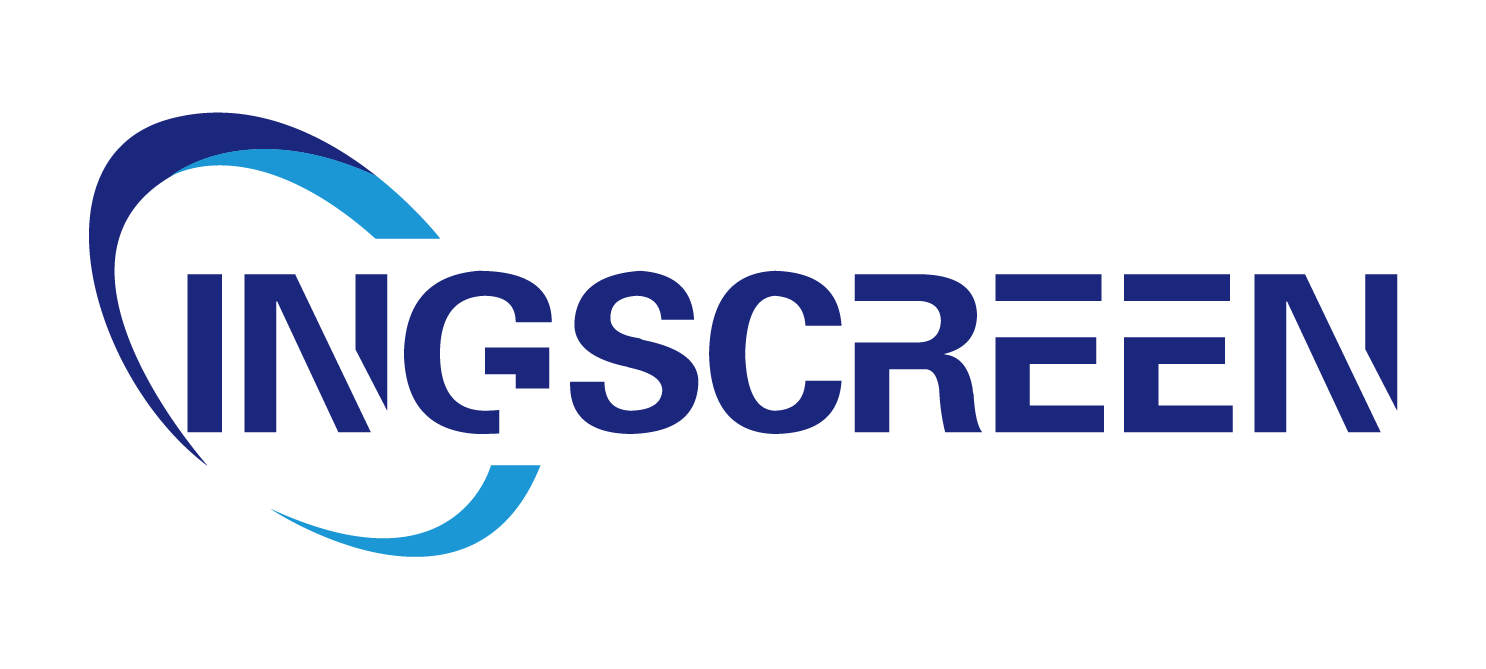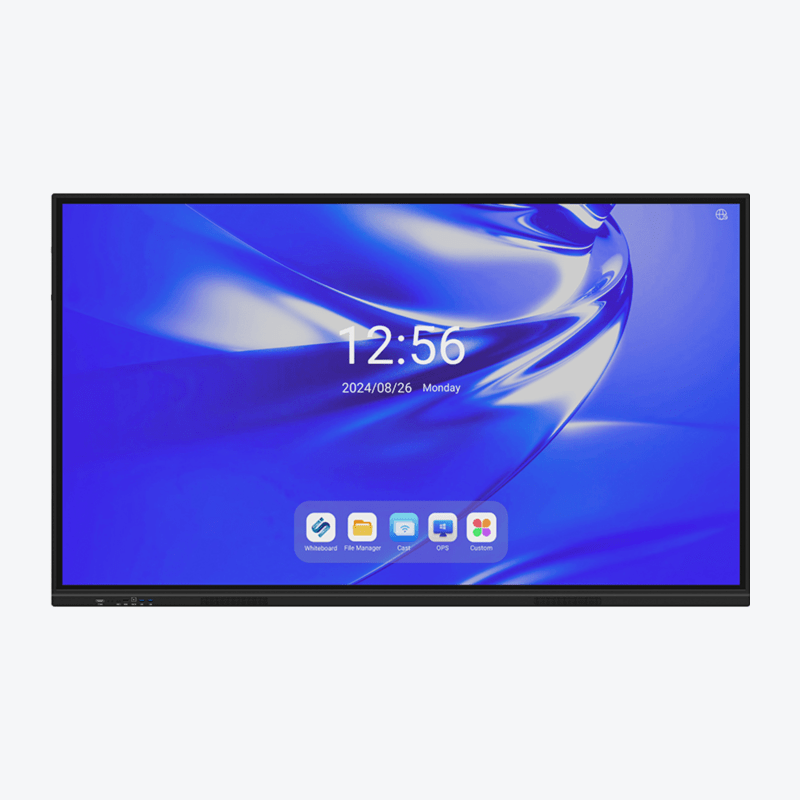The Evolution of Modern Business Communication Through Digital Signage
The landscape of business communication and advertising has undergone a remarkable transformation with the advent of digital display technology. As businesses seek more effective ways to engage their audience, the shift from static traditional signage to dynamic digital displays represents a pivotal moment in marketing and communication strategies. This revolutionary change has redefined how organizations interact with their customers, employees, and stakeholders.
Today's digital display solutions offer unprecedented flexibility and engagement capabilities that were simply impossible with conventional signage methods. From retail environments to corporate offices, educational institutions to public spaces, these versatile screens have become the new standard for information delivery and visual communication.
Core Benefits of Digital Display Technology
Dynamic Content Management
One of the most compelling advantages of digital display systems lies in their ability to deliver dynamic, real-time content updates. Unlike traditional signage that remains static once printed, digital displays can be updated instantly from a central management system. This capability allows businesses to respond to market changes, promote time-sensitive offers, and maintain relevant messaging without the need for physical replacement.
The flexibility extends beyond simple updates - digital display content can be scheduled to change throughout the day, ensuring maximum relevance to different audience segments. For instance, a restaurant can showcase breakfast menus in the morning, transition to lunch specials at midday, and highlight dinner options in the evening, all automatically and without any manual intervention.
Cost-Effectiveness and ROI
While the initial investment in digital display technology might seem substantial, the long-term cost benefits significantly outweigh traditional signage expenses. The elimination of recurring printing costs, installation fees, and physical storage requirements creates substantial savings over time. Moreover, the ability to quickly modify content without additional production costs ensures a better return on investment.
Digital displays also reduce waste associated with outdated printed materials, contributing to both cost savings and environmental sustainability. The power consumption of modern LED displays has improved dramatically, making them increasingly energy-efficient and economical to operate around the clock.

Enhanced Visual Impact and Engagement
Multi-Media Integration Capabilities
Digital display technology excels in creating immersive experiences through the integration of various media types. Unlike static signs, these platforms can seamlessly combine high-definition videos, animations, live social media feeds, and interactive elements. This multimedia approach captures attention more effectively and increases message retention among viewers.
The ability to incorporate motion and transition effects enables businesses to tell more compelling stories and create memorable brand experiences. For instance, retail environments can showcase product demonstrations, customer testimonials, and lifestyle content that resonates with their target audience, all within a single digital display solution.
Interactive Customer Experiences
Modern digital display systems often include touch-screen capabilities and sensor integration, enabling direct interaction with viewers. This interactivity transforms passive advertising into an engaging two-way communication channel. Customers can explore product information, access wayfinding services, or participate in promotional activities through intuitive touch interfaces.
The integration of mobile technology with digital displays creates additional engagement opportunities through QR codes and NFC connectivity. This convergence of digital signage and personal devices enables seamless information transfer and creates more personalized customer experiences.
Advanced Analytics and Performance Measurement
Real-Time Data Collection
Digital display networks provide valuable insights through built-in analytics capabilities. Unlike traditional signage, which offers no measurement metrics, digital systems can track viewer engagement, dwell time, and interaction patterns. This data helps businesses optimize content strategies and measure the effectiveness of their communications.
Advanced sensors and cameras integrated with digital displays can analyze demographic information and viewer reactions, enabling more targeted content delivery. This level of insight allows organizations to refine their messaging and improve the overall impact of their communication efforts.
Performance Optimization
The analytical capabilities of digital display systems extend beyond basic metrics to include comprehensive performance monitoring. Organizations can track system health, content performance, and viewer engagement across multiple locations from a centralized dashboard. This data-driven approach enables continuous improvement and optimization of content strategies.
Integration with other business systems allows for automated content adjustments based on various triggers, such as inventory levels, weather conditions, or local events. This smart automation ensures maximum relevance and effectiveness of displayed content.
Operational Efficiency and Management
Remote Control and Monitoring
Digital display networks can be managed remotely through cloud-based content management systems, eliminating the need for on-site updates. This capability significantly reduces operational overhead and ensures consistent messaging across multiple locations. System administrators can monitor display performance, schedule content updates, and resolve technical issues from anywhere with internet access.
The centralized management approach also enables better compliance control and brand consistency. Organizations can ensure that all displays adhere to corporate guidelines while maintaining the flexibility to customize content for local markets or specific audience segments.
Scalability and Future-Proofing
Modern digital display solutions are designed with scalability in mind, allowing businesses to expand their networks as needs grow. The modular nature of these systems enables easy integration of new displays and features without requiring complete system overhauls. This scalability ensures that investments in digital signage remain valuable as technology continues to evolve.
The future-proof nature of digital displays extends to their ability to adopt new technologies and communication protocols. As standards evolve and new capabilities emerge, existing systems can often be updated through software upgrades rather than hardware replacement.
Frequently Asked Questions
How long do digital displays typically last?
Modern digital displays are built for durability and typically have a lifespan of 50,000 to 100,000 hours of continuous operation, which translates to approximately 5-11 years of service when running 24/7. However, this can vary based on usage patterns, environmental conditions, and maintenance practices.
What maintenance is required for digital display systems?
Digital displays require minimal maintenance compared to traditional signage. Regular cleaning of screens, periodic software updates, and occasional system health checks are the primary maintenance tasks. Most issues can be resolved remotely through the content management system.
Can digital displays work effectively in bright outdoor environments?
Yes, modern digital displays are available with high-brightness options specifically designed for outdoor use. These displays incorporate anti-glare technology and automatic brightness adjustment features to ensure content remains visible and engaging even in direct sunlight.
How secure are digital display networks against cyber threats?
Digital display systems implement multiple layers of security, including encrypted communications, secure content management systems, and regular security updates. Professional solutions also offer features like access control, audit trails, and integration with existing IT security protocols to protect against unauthorized access and cyber threats.




